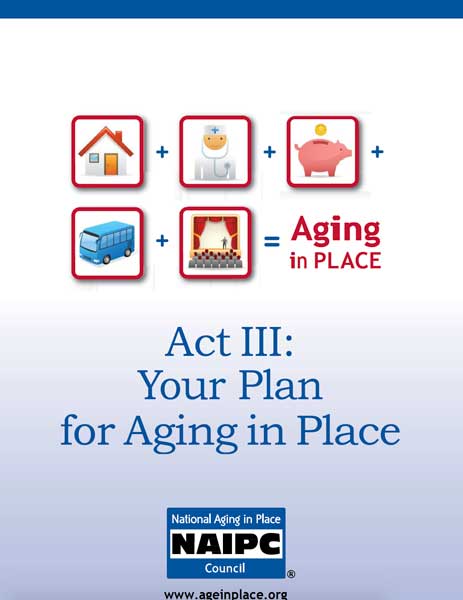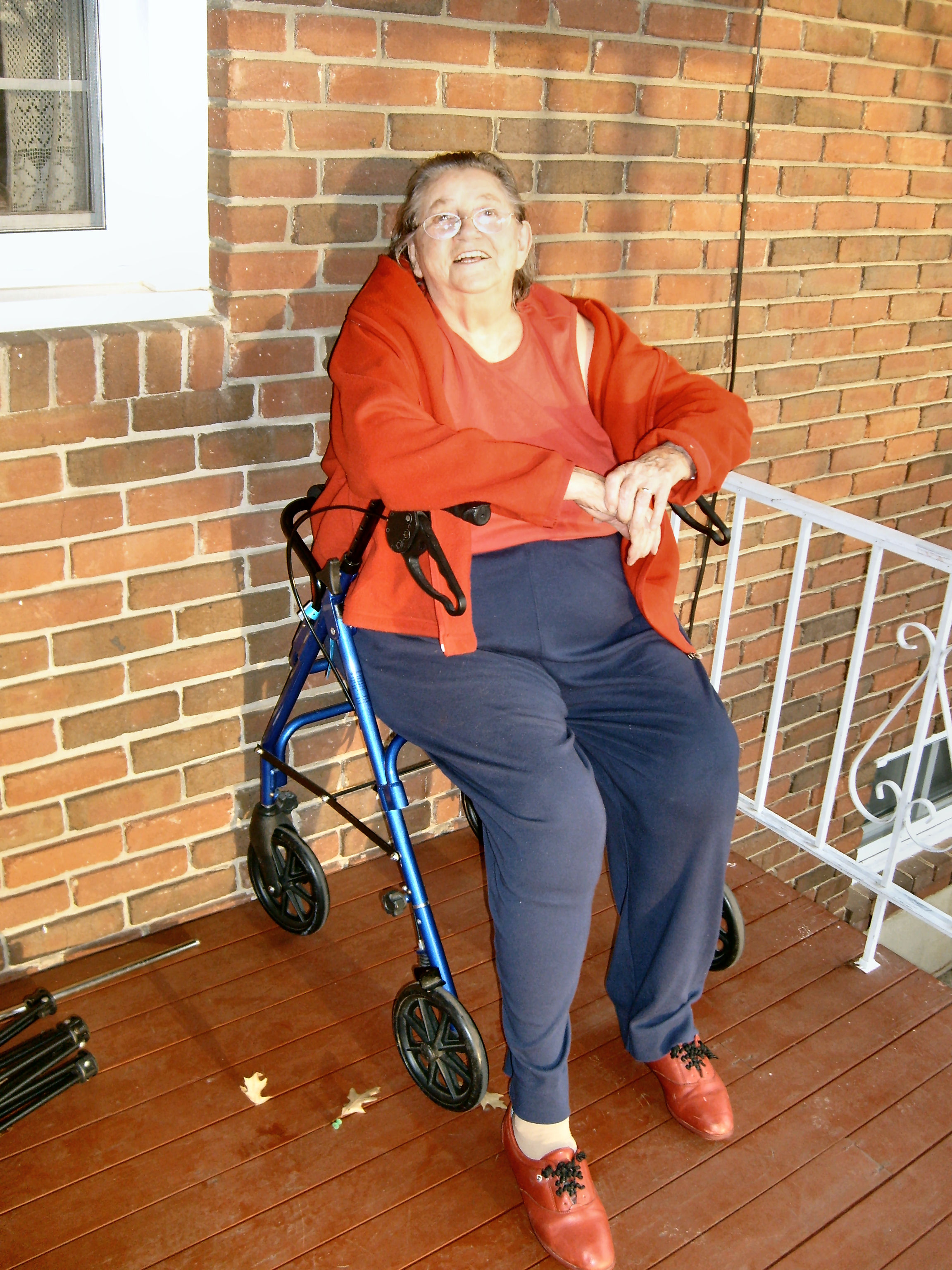With spring right around the corner, many people are itching to get out of the house and into the garden. Whether you are growing your own food or are growing ornamentals, gardening is good for body and soul. Like so many other activities, gardening can become more difficult if you are struggling with mobility challenges. If you are planning to plant a garden this year, especially if it is your first time, proper planning is very important. First of all, don’t bite off more than you can chew. It is easy in early March to plan a garden that is to big for you to take care of in August. Make sure you grow those plants that do well in our climate and look up companion planting to see which plants grow well with each other.
Having wide, firm surface walkways throughout the garden is important for accessibility. These pathways should be at least three feet wide. They should be no steeper than 6-8% grade and level from side to side. They should be hard surface in the sense that a wheelchair or stroller will not sink into the ground. Asphalt and concrete work well but may be cost prohibitive. Compacted crushed stone is a more economical alternative. Brick or pavers also work well if care is taken to create a smooth surface without raised edges. Grass walkways can also be an option if the ground is even and the grass is kept closely cut.
A good way to make sure that your garden is accessible to all people regardless of age or ability is to create raised beds. These beds can be up to 24” high and should be no wider than 30” if access is from one side only and up to 48” wide if access is from both sides. They can be built of treated lumber, concrete blocks, retaining wall blocks, and various other materials. You can even create raised beds out of hay or straw bales. Many plants can be planted directly in the bales and as the bales decompose they turn into excellent compost to make your garden richer. Another way to create an accessible planter is to build a planter like a table with knee space underneath. These should be 34”-36” at the top with 27” of knee space underneath. Another way to create accessible gardens is with container gardens. These can be anything from five-gallon buckets, to stacked up tires, to old milk crates, even shoe racks, or empty 2-liter soda bottles cut open and hung sideways from a wall. No matter how much or how little space you have you can find a way to grow a few flowers or vegetables. Not only will you get to harvest your own produce, getting out and getting your hands dirty can be very therapeutic. Spending time in the outdoors and sunshine is good for you, body mind and spirit.
If any of this seems like something you would enjoy, I encourage you to be creative and spend some time gardening this year. You just might find a new hobby that pays dividends in better health, a clearer mind and fresh, healthy vegetables. If you need help in any area of making your home or garden safer and more accessible, please give us a call at Solid rock Enterprises, Inc. Our phone number is 540-384-2064. We would be happy to meet with you and discuss ways we can make your home and yard safe, accessible and beautiful for people of all ages and abilities. Thank you for reading Housing Matters!


